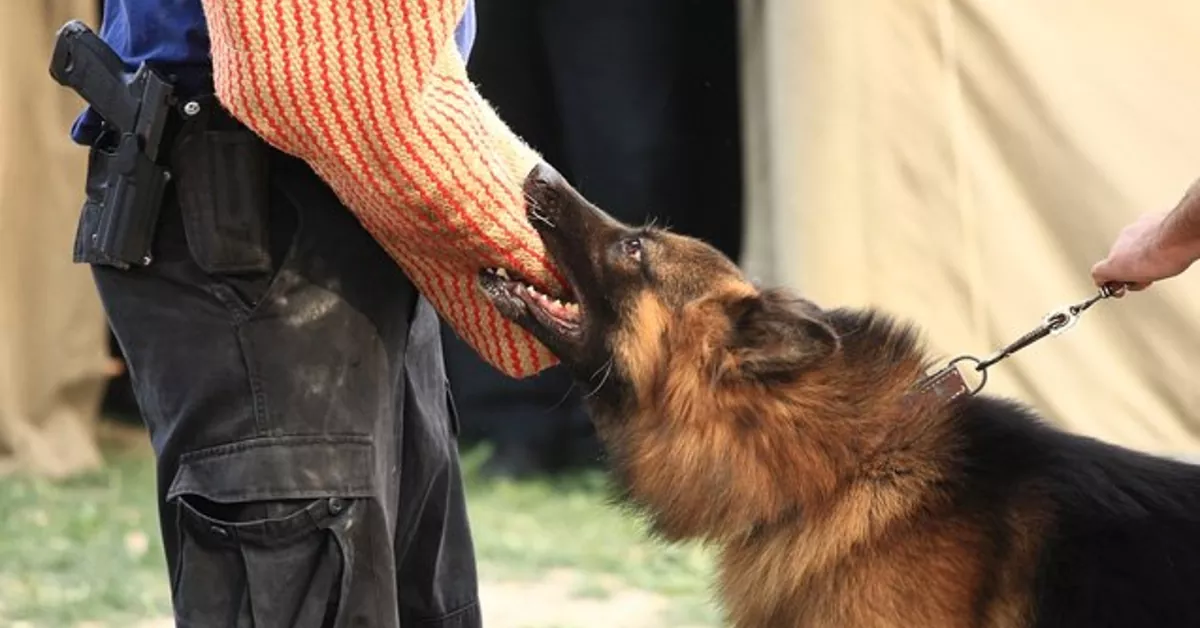Schutzhund training, known for its rigorous demands on both dogs and handlers, relies on precise tools like the Schutzhund dumbbell. These dumbbells are not just for physical conditioning but also play a crucial role in building a dog’s obedience, focus, and retrieval skills. Learning how to use Schutzhund dumbbells effectively can significantly enhance your dog’s training and prepare them for competition. This guide will walk you through the steps to get the most out of your Schutzhund dumbbell training.
Step 1: Choose the Right Dumbbell
Before you begin training, it’s essential to select the appropriate dumbbell for your dog. Consider the material, weight, and size that best suits your dog’s experience and physical capabilities:
- Material: Wooden dumbbells are traditional and provide a natural texture, while plastic or composite materials offer durability and are often lighter.
- Weight: Start with a lighter dumbbell for beginners and gradually increase the weight as your dog becomes more comfortable and skilled.
- Size: Ensure the dumbbell is proportionate to your dog’s size to avoid discomfort and encourage proper grip.
Step 2: Introduce the Dumbbell
Introducing the Schutzhund dumbbell to your dog is a critical step that should be done with patience and positive reinforcement:
- Familiarization: Allow your dog to sniff and examine the dumbbell without any pressure. This helps them become comfortable with the object.
- Positive Reinforcement: Reward your dog with treats or praise when they show interest in the dumbbell. This creates a positive association and encourages them to interact with it.
Step 3: Teach the Hold Command
The hold command is fundamental in Schutzhund training. It teaches your dog to pick up and hold the dumbbell correctly:
- Starting Position: Begin with your dog sitting in front of you. Hold the dumbbell close to their mouth and give the “hold” command.
- Gentle Placement: If your dog is reluctant to take the dumbbell, gently place it in their mouth while giving the command. Encourage them to hold it for a few seconds before releasing.
- Reinforcement: Use treats and praise to reward your dog when they successfully hold the dumbbell. Gradually increase the duration as they become more comfortable.
Step 4: Introduce the Retrieve Command
Once your dog is comfortable holding the dumbbell, it’s time to teach them how to retrieve it:
- Short Distances: Start by placing the dumbbell a few feet away from your dog. Give the “fetch” or “retrieve” command and encourage them to pick up the dumbbell and return it to you.
- Gradual Progression: Increase the distance gradually as your dog becomes more confident. Always reward them when they bring the dumbbell back and release it on command.
Step 5: Incorporate Advanced Techniques
As your dog masters the basics, you can introduce more advanced Schutzhund training techniques using the dumbbell:
- Obedience Drills: Combine the dumbbell work with obedience commands like “sit,” “down,” and “stay” to reinforce discipline and focus.
- Obstacle Challenges: Incorporate obstacles into the retrieval process to enhance your dog’s problem-solving skills and physical agility.
- Competition Preparation: Practice in different environments to simulate competition scenarios, helping your dog adjust to various distractions and conditions.
Conclusion
Understanding how to use Schutzhund dumbbells effectively is key to progressing in Schutzhund training. By carefully selecting the right dumbbell, introducing it with positive reinforcement, and gradually advancing to more complex exercises, you can build your dog’s skills and confidence. Consistent practice and patience will not only prepare your dog for competition but also strengthen the bond between you and your canine companion. Whether you’re training for sport or enhancing obedience, Schutzhund dumbbells are an invaluable tool in your training arsenal.
